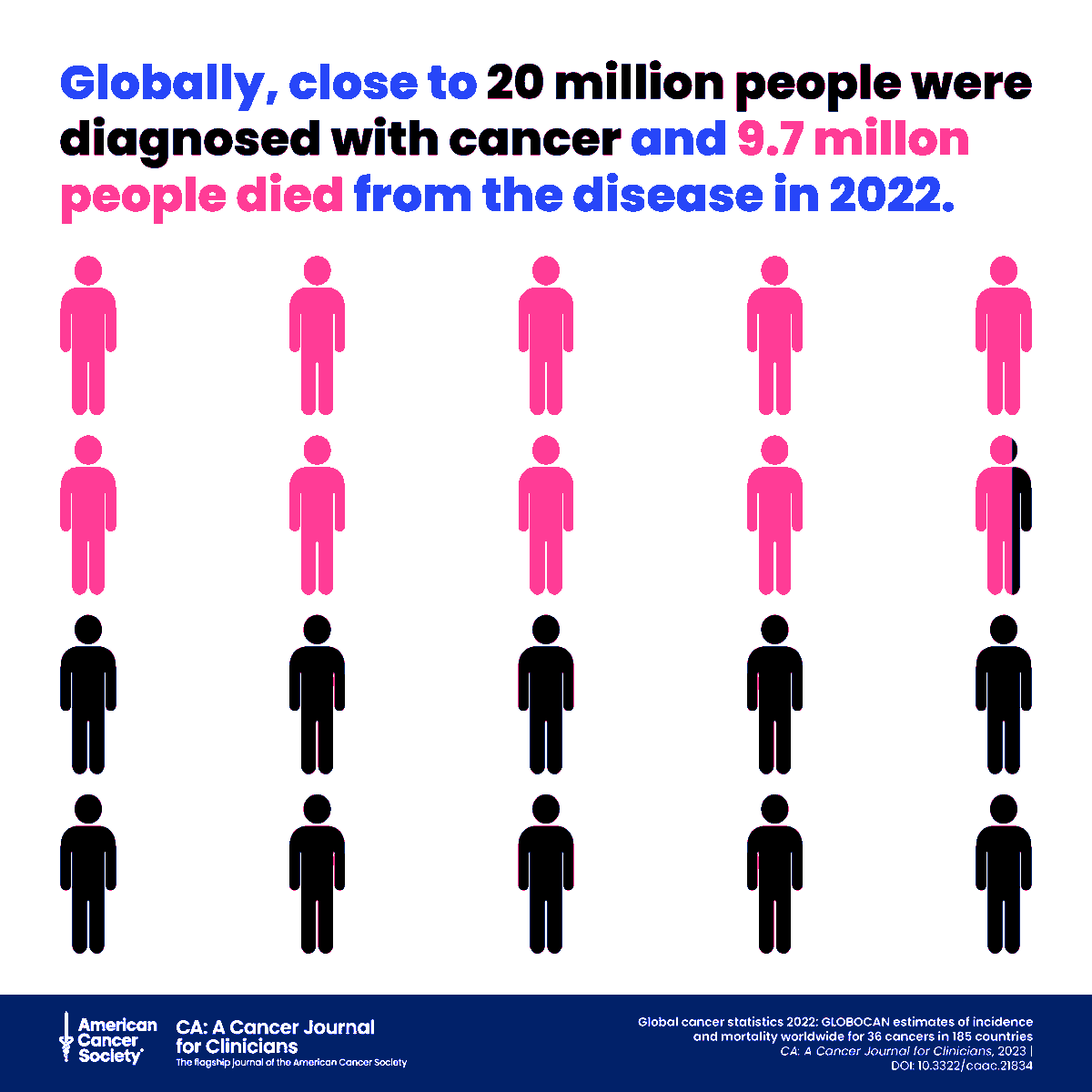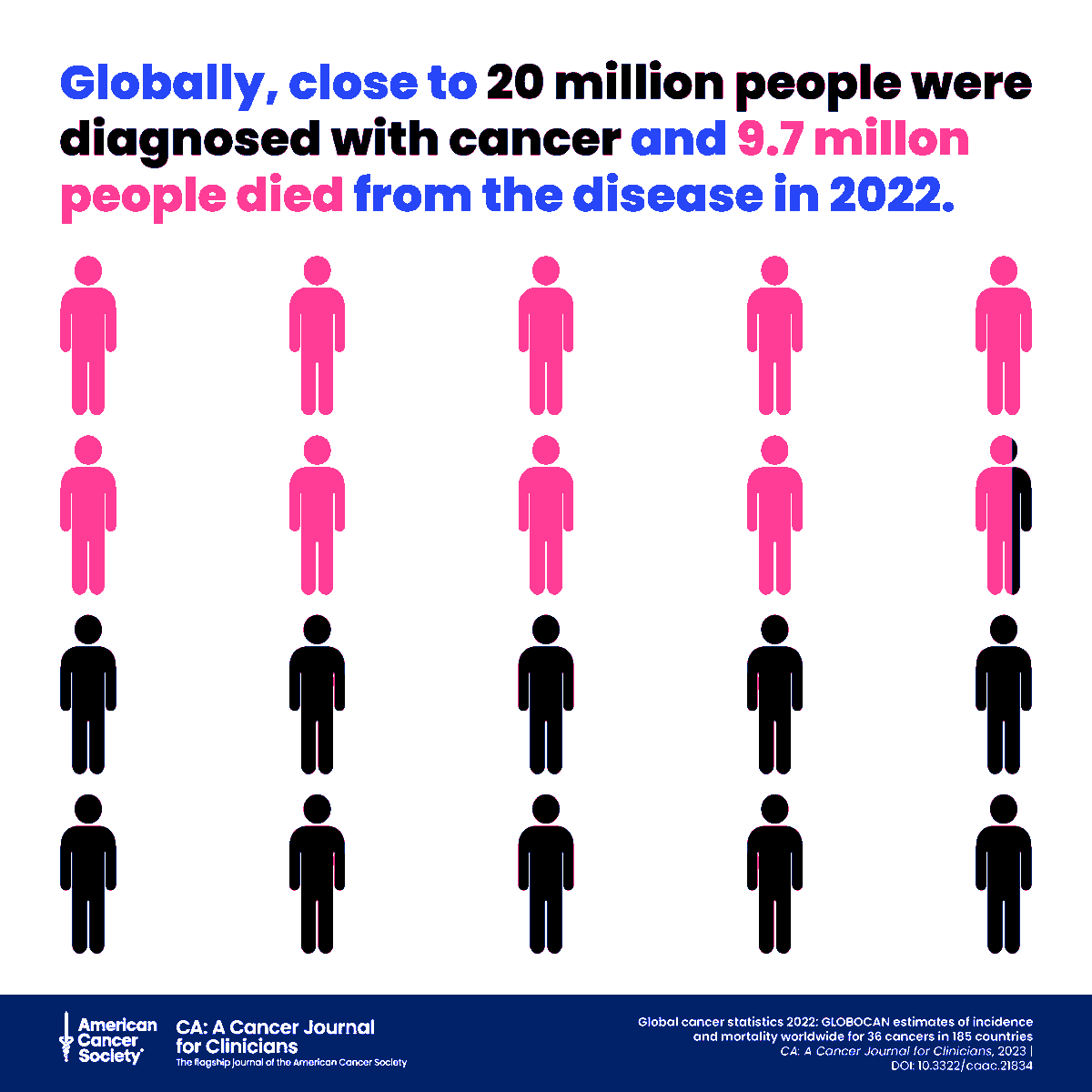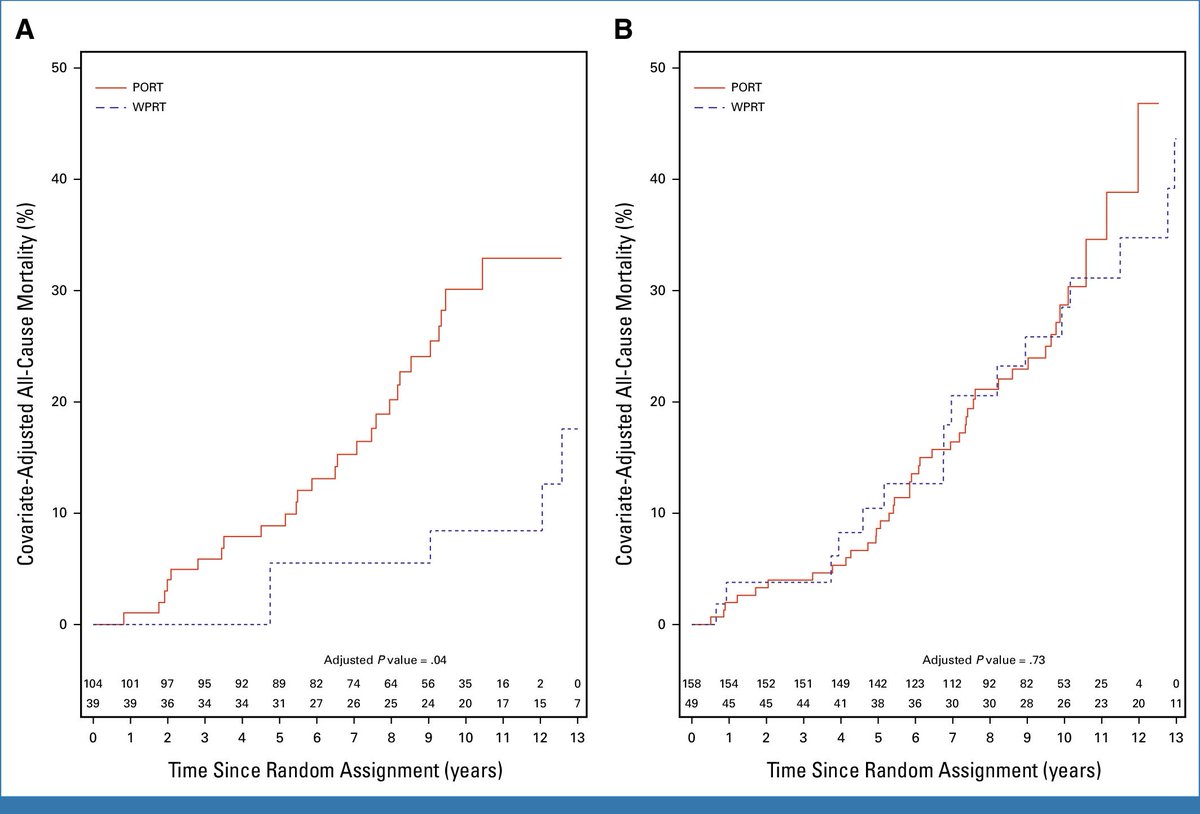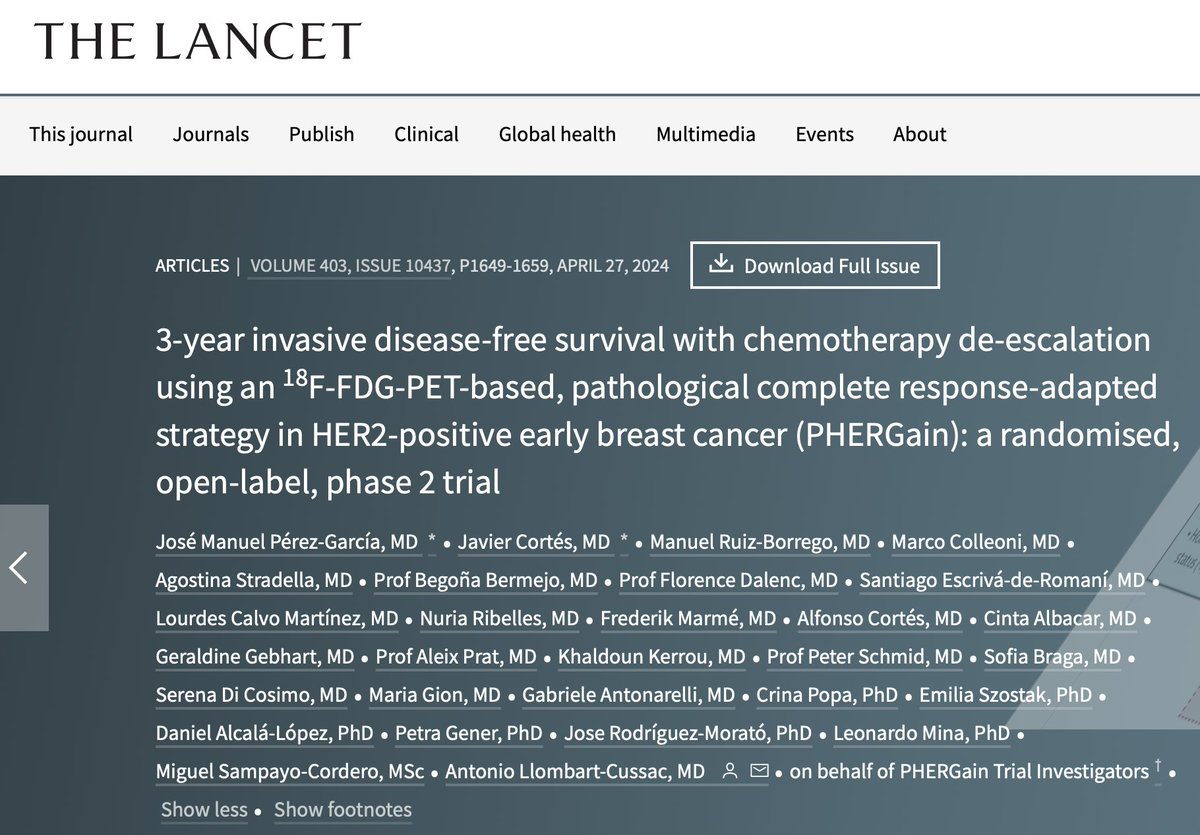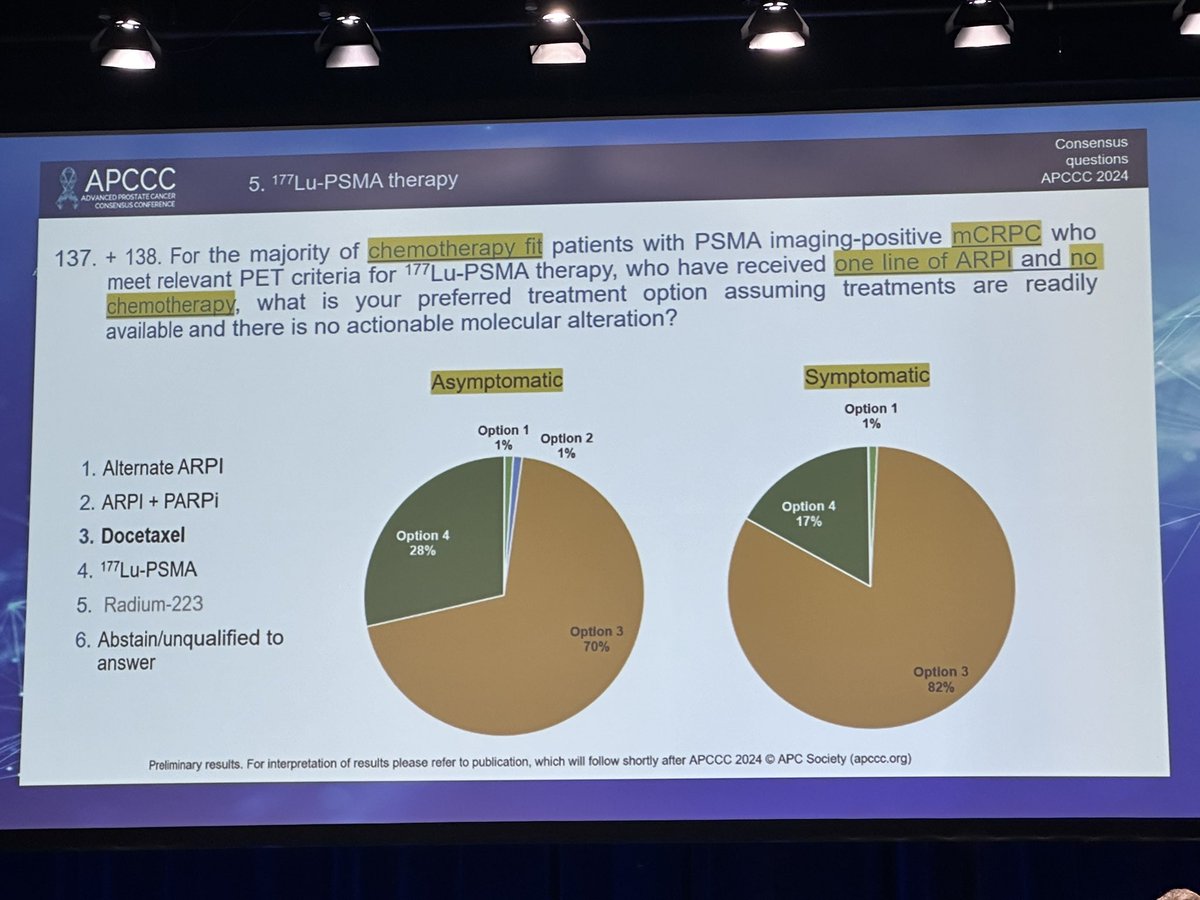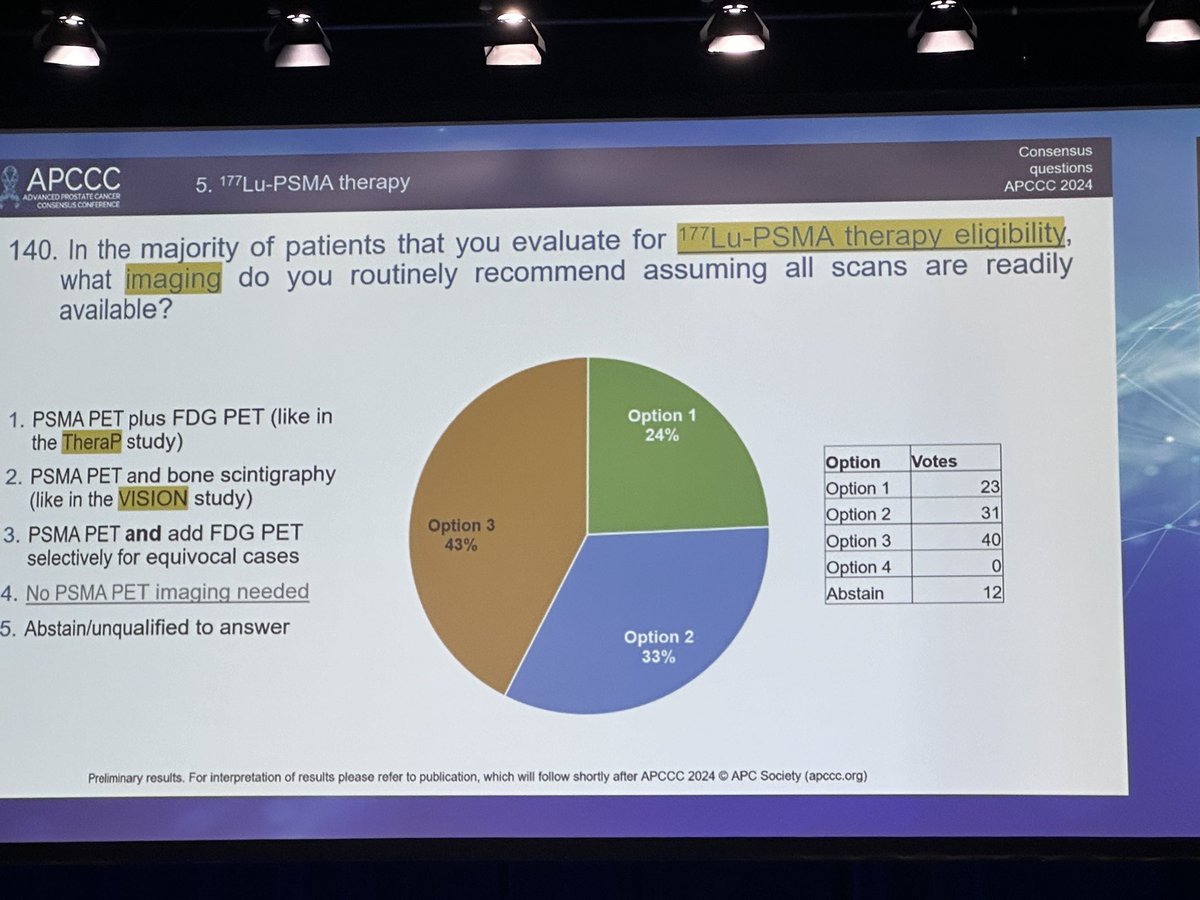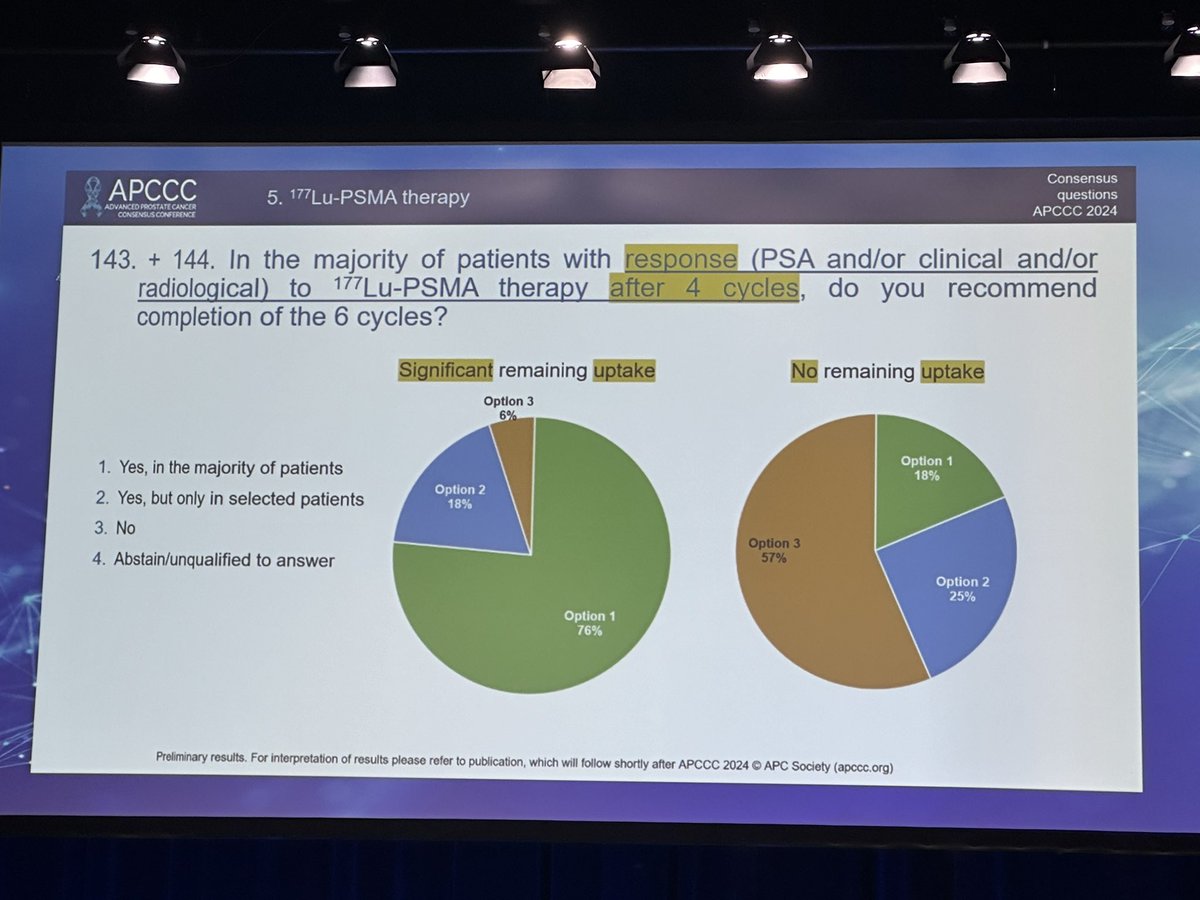
ONCOVID
@ONCOVID_19
Effects of COVID19 pandemic on cancer management and expected changes in current practice.
ID:1281121642291384320
09-07-2020 07:03:09
1,1K Tweets
376 Followers
854 Following






🎉 Huge congratulations to the team for hard work and dedication!
Brilliant job Coskun YAZGAN Erman Akkus Emre Yekedüz !
OncoAlert Advanced Prostate Cancer Consensus Conference Prostate Cancer Foundation Ankara Üniversitesi Ankara Üniversitesi Tıp Fakültesi
sciencedirect.com/science/articl…





🩸New ASH guidelines on VTE in cancer patients: Strongly recommend LMWH for initial VTE treatment. Thromboprophylaxis advised for high-risk cases but not for low-risk chemotherapy patients.
#VTE #CancerCare #ASH
Alok Khorana, MD Gary Lyman 🇺🇸🇪🇺🇺🇦💛💙 Cihan Ay ASH Blood Advances
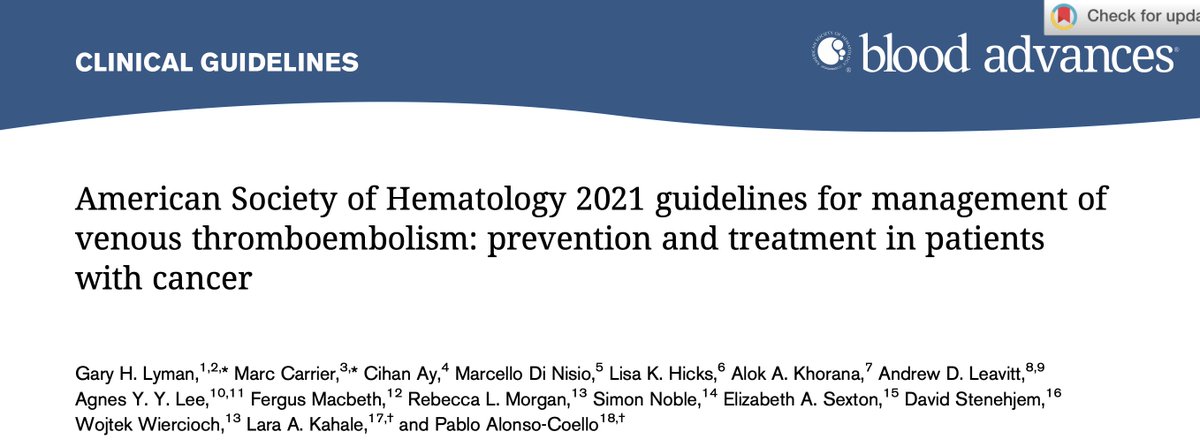

Phase 1 study of ARO-HIF2 shows promise in targeting HIF2α for ccRCC treatment, achieving tumor growth inhibition in a subset of patients. Challenges include neurotoxicity & low response rate.
James Brugarolas Clinical Cancer Research OncoAlert #Cancer #oncology Katy Beckermann Brian Rini, MD
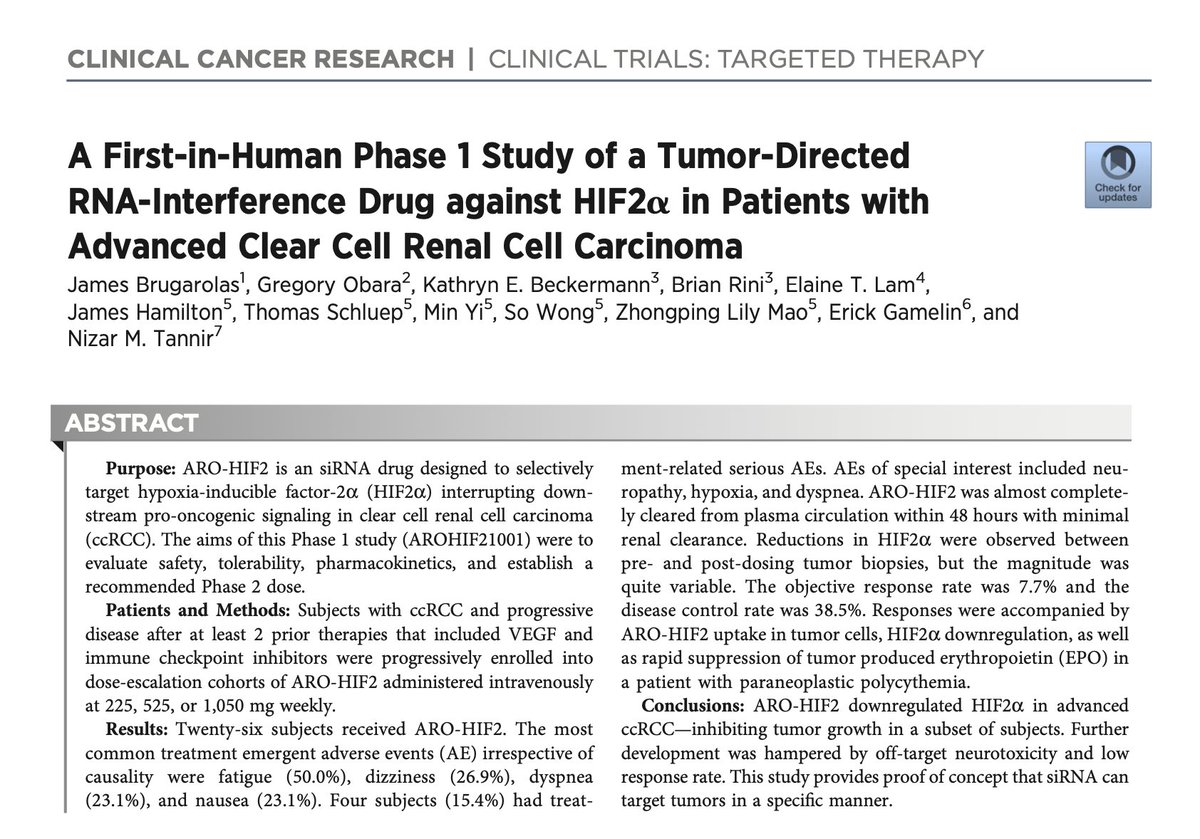




The majority, at 70%, recommend imaging for response monitoring during 177Lu-PSMA treatment in the absence of clinical progression in most patients, indicating a consensus that regular imaging is crucial for effective treatment!
#APCCC24 Advanced Prostate Cancer Consensus Conference silke gillessen aurelius omlin
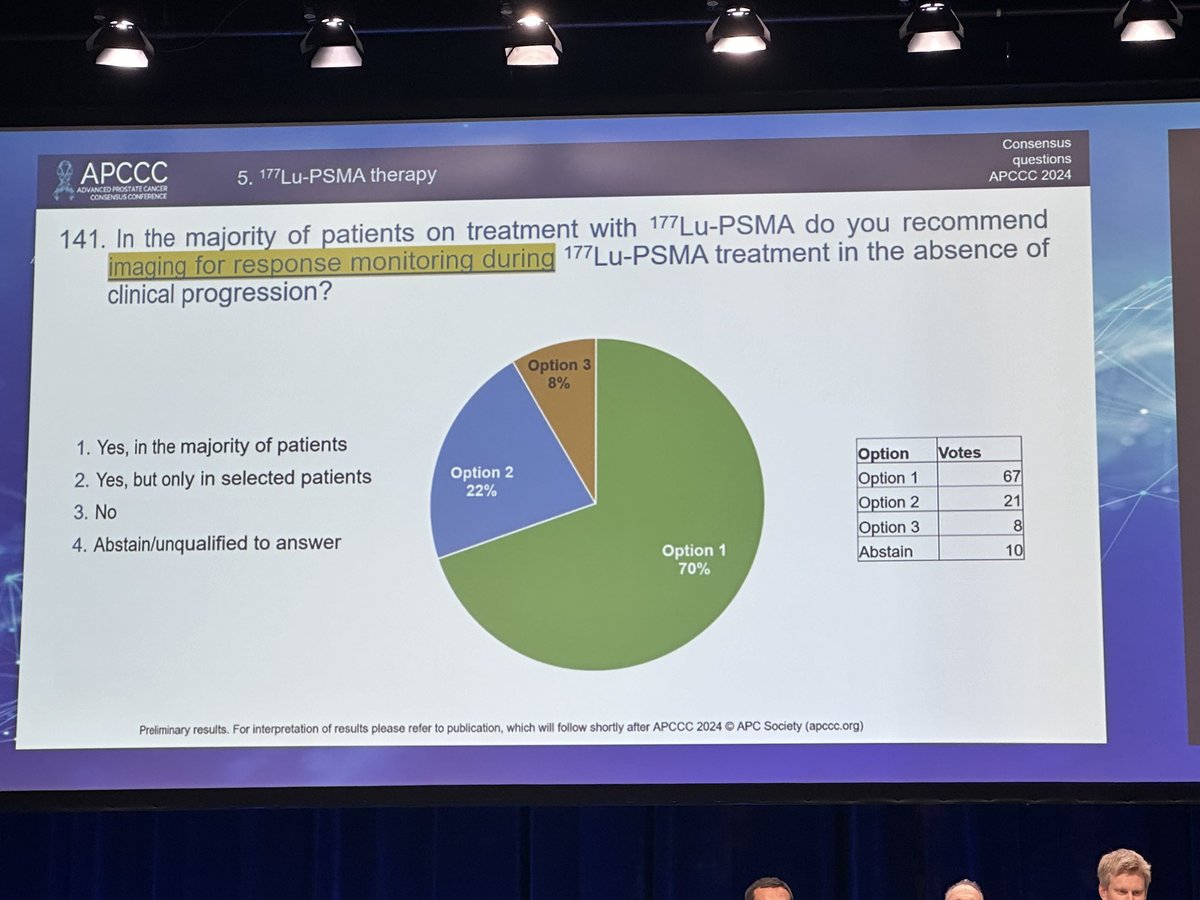

For patients on treatment with 177Lu-PSMA, the preferred imaging modality for response monitoring, as voted, is PSMA PET plus diagnostic CT (with iv iodine contrast), receiving 41% of the votes. There is no clear consensus!
#APCCC24 Advanced Prostate Cancer Consensus Conference silke gillessen aurelius omlin
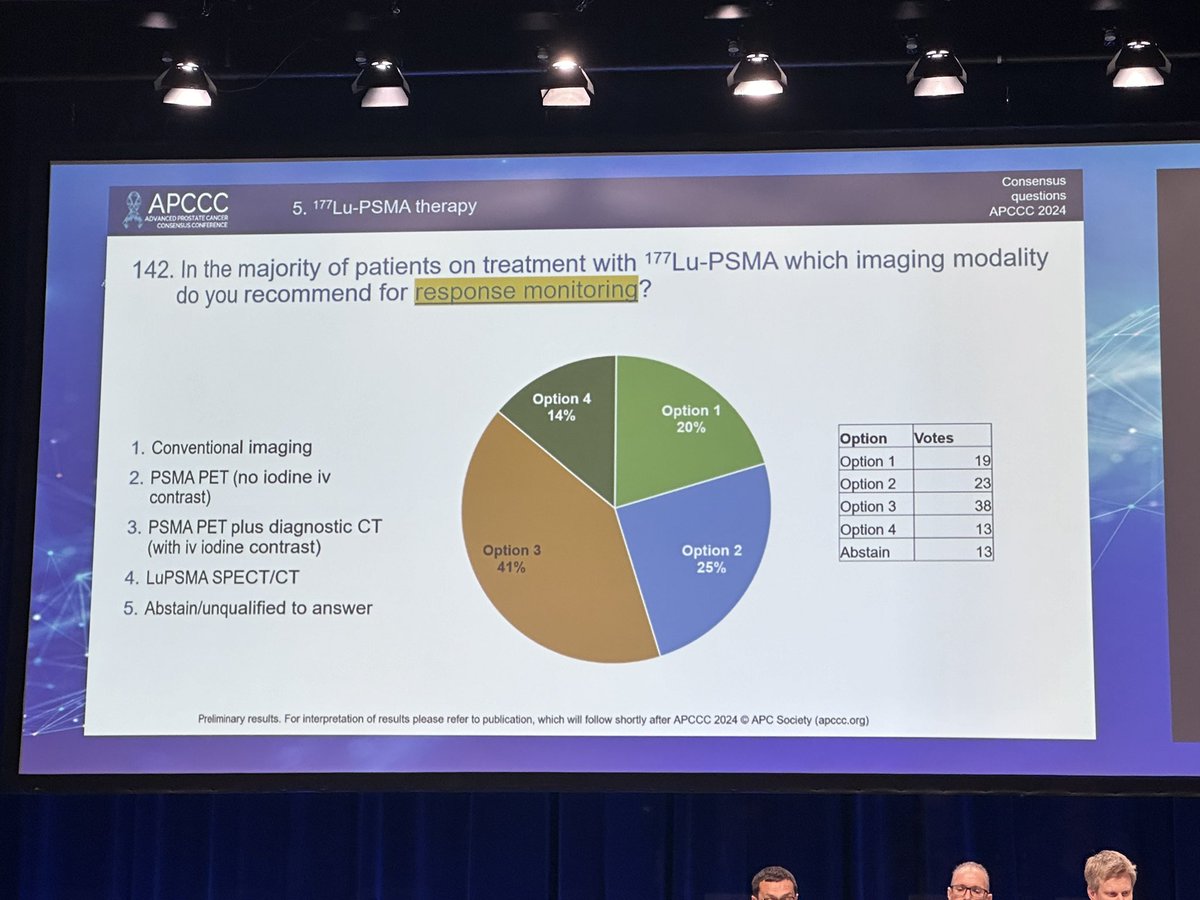


For patients who have completed 6 cycles of 177Lu-PSMA treatment and meet relevant PET criteria, the majority opinion (59%) supports re-treatment only if there was a response duration of more than 6 months.
#APCCC24 Advanced Prostate Cancer Consensus Conference silke gillessen aurelius omlin OncoAlert Daniel Castellano


Who should receive chemotherapy before PSMA radioligand therapy?
Clinically very relevant question!
M.R.Smith
#APCCC24 Advanced Prostate Cancer Consensus Conference silke gillessen aurelius omlin OncoAlert Daniel Castellano Simon C Nick James GU Cast | Urology podcast! LARVOL Renu Eapen Emre Yekedüz Irbaz Riaz MD,MS,MBI,PhD Deborah Mukherji
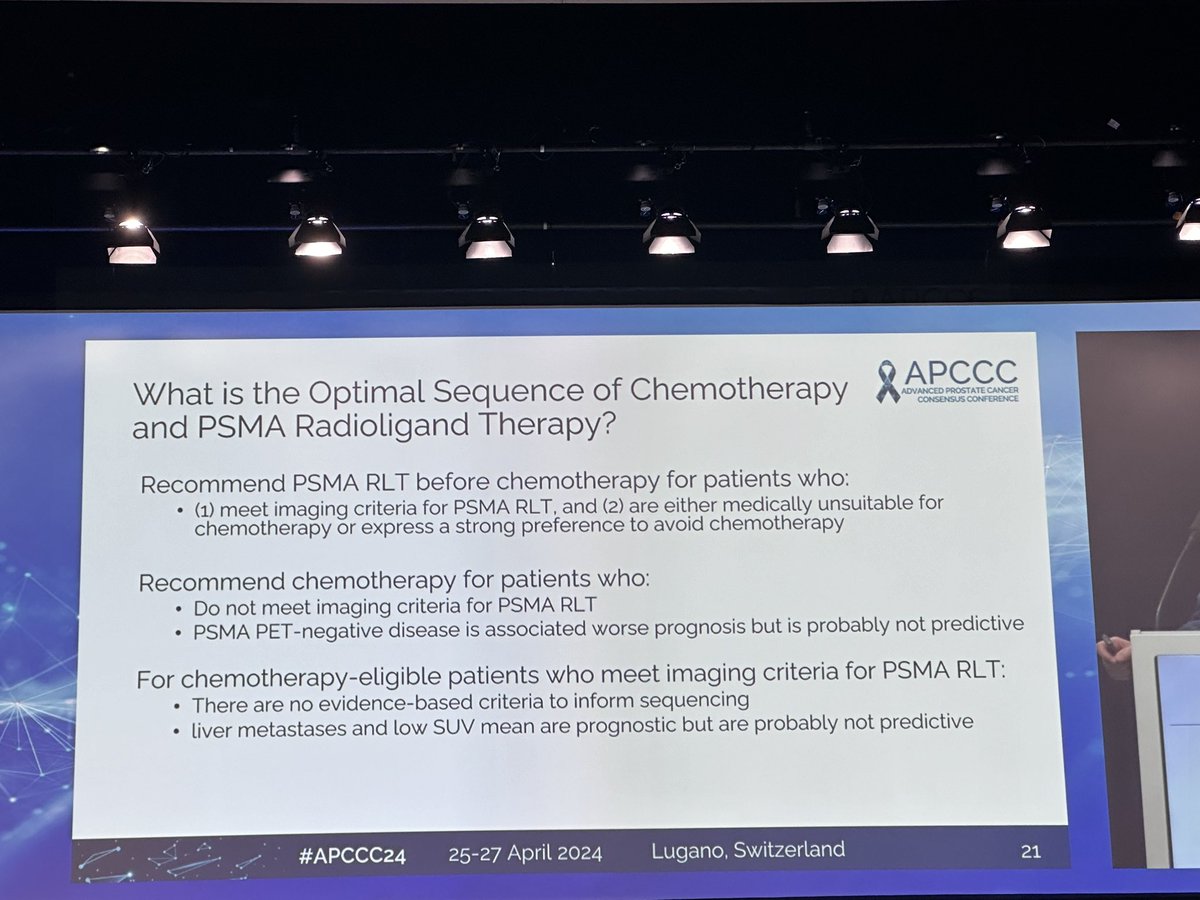

How to utilize presence or absence of CT findings on a PSMA PET/CT
Fantastic talk by prof. Stefano Fanti
☢️ 'WITH GREAT POWER COMES GREAT RESPONSIBILITY.'
#APCCC24 Advanced Prostate Cancer Consensus Conference silke gillessen aurelius omlin OncoAlert Daniel Castellano Simon C Nick James GU Cast | Urology podcast! LARVOL Renu Eapen

